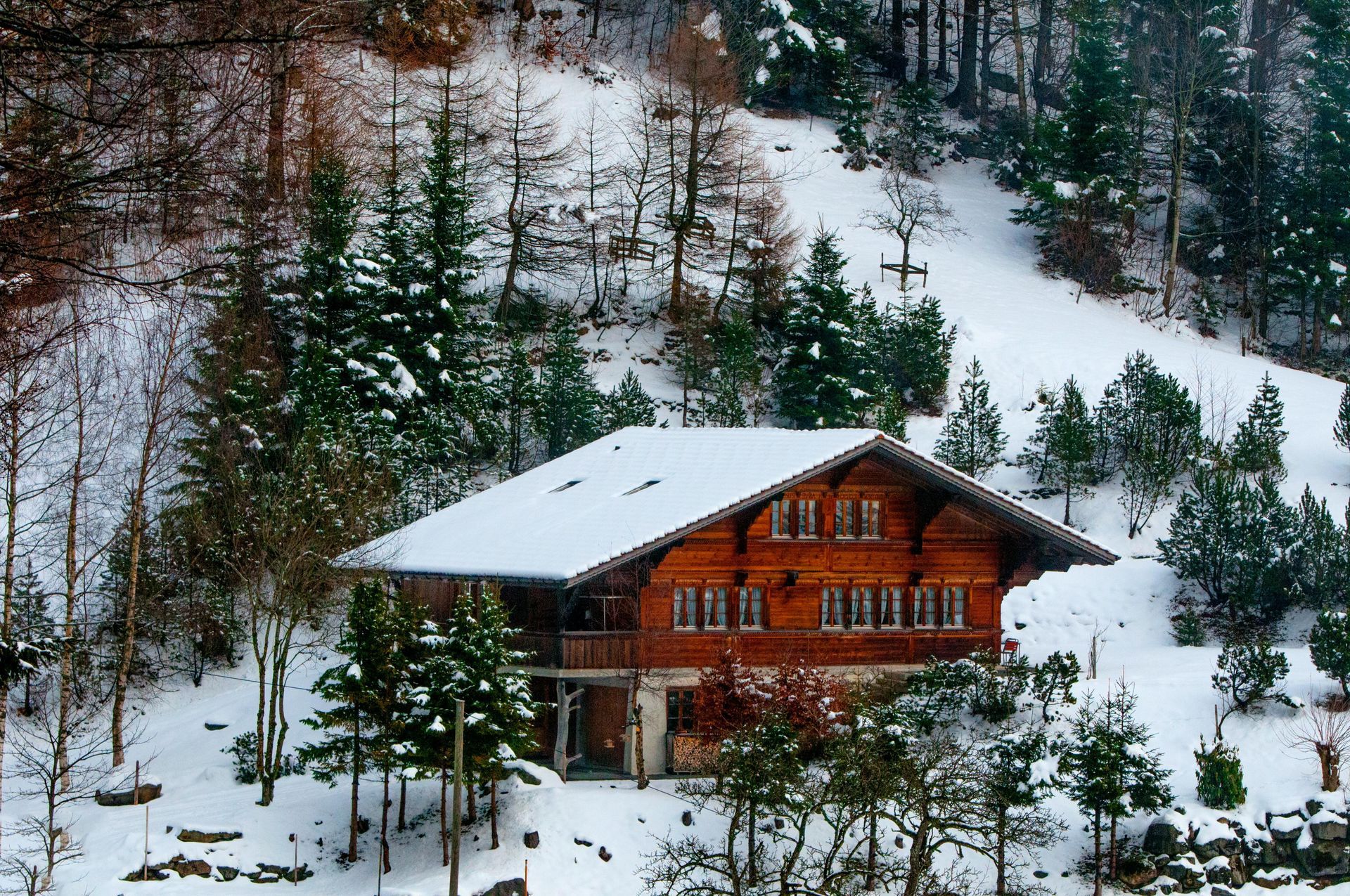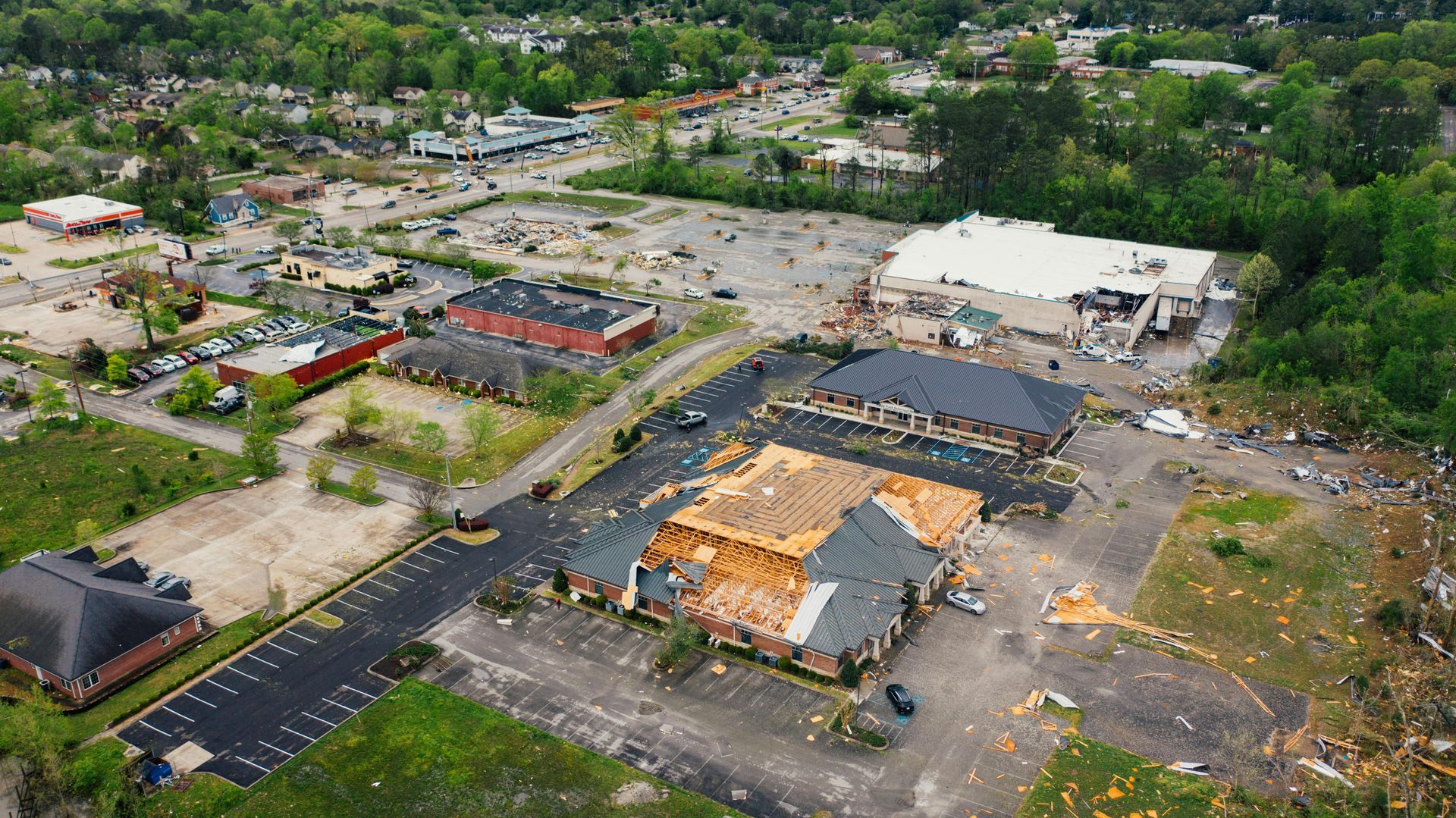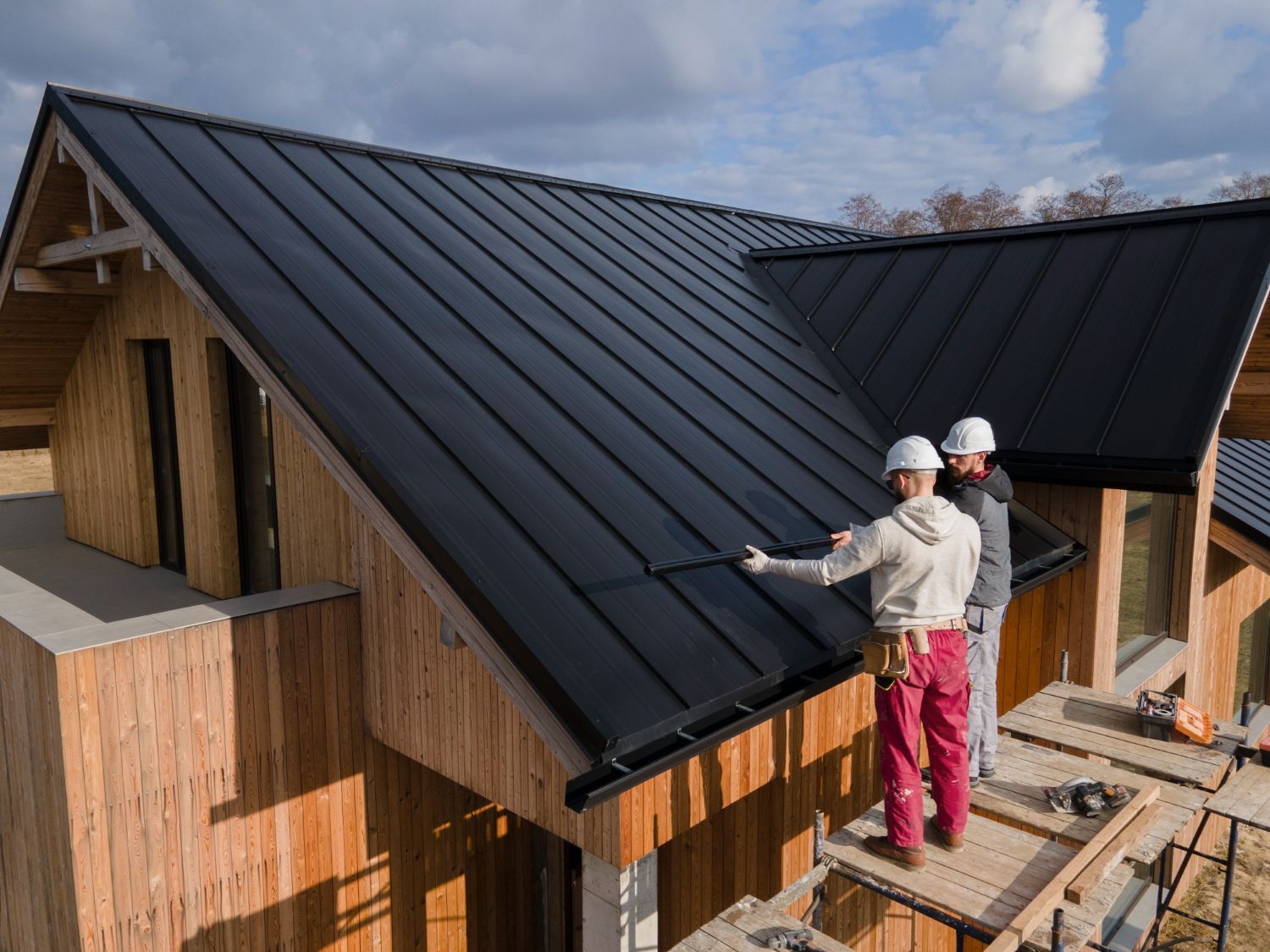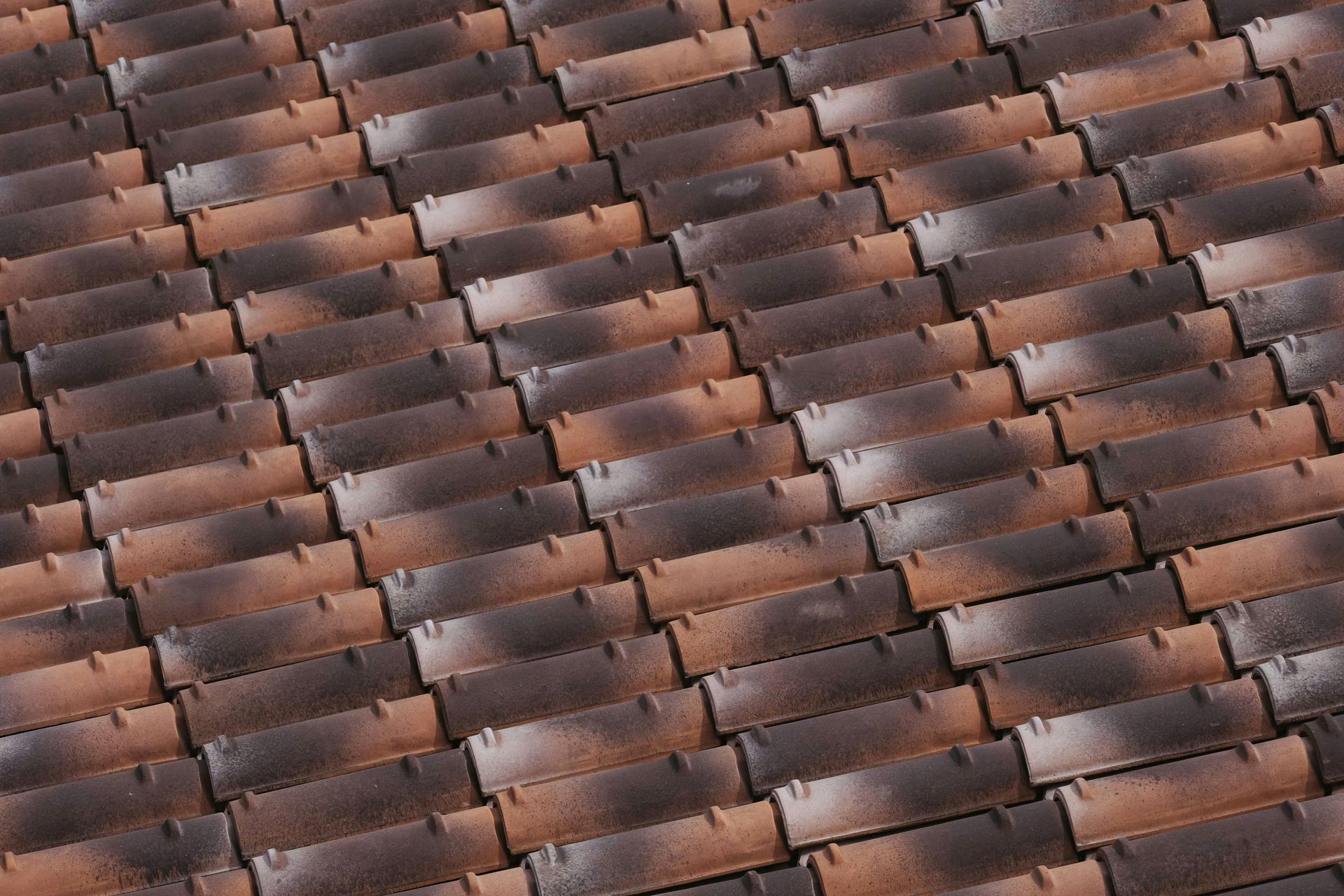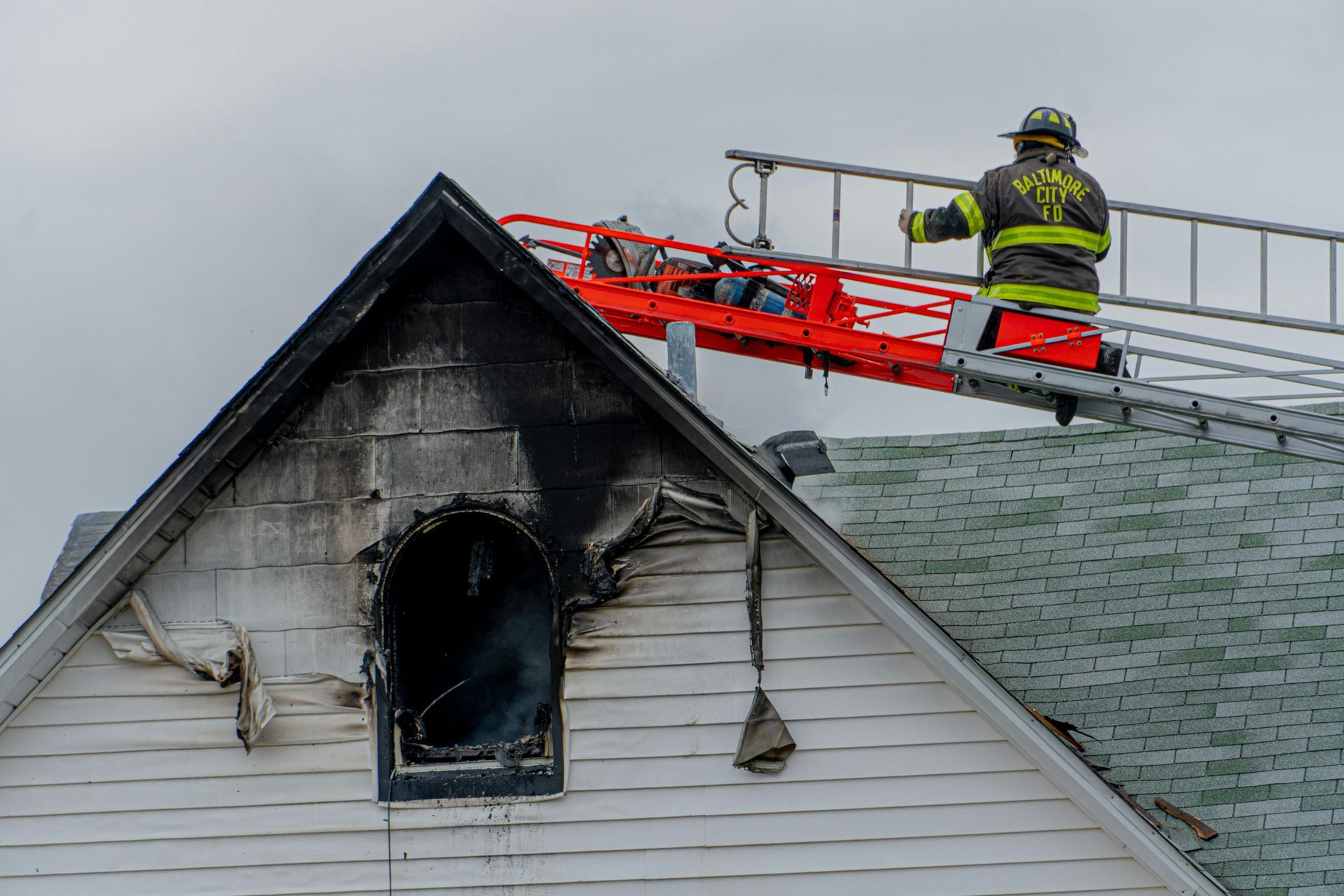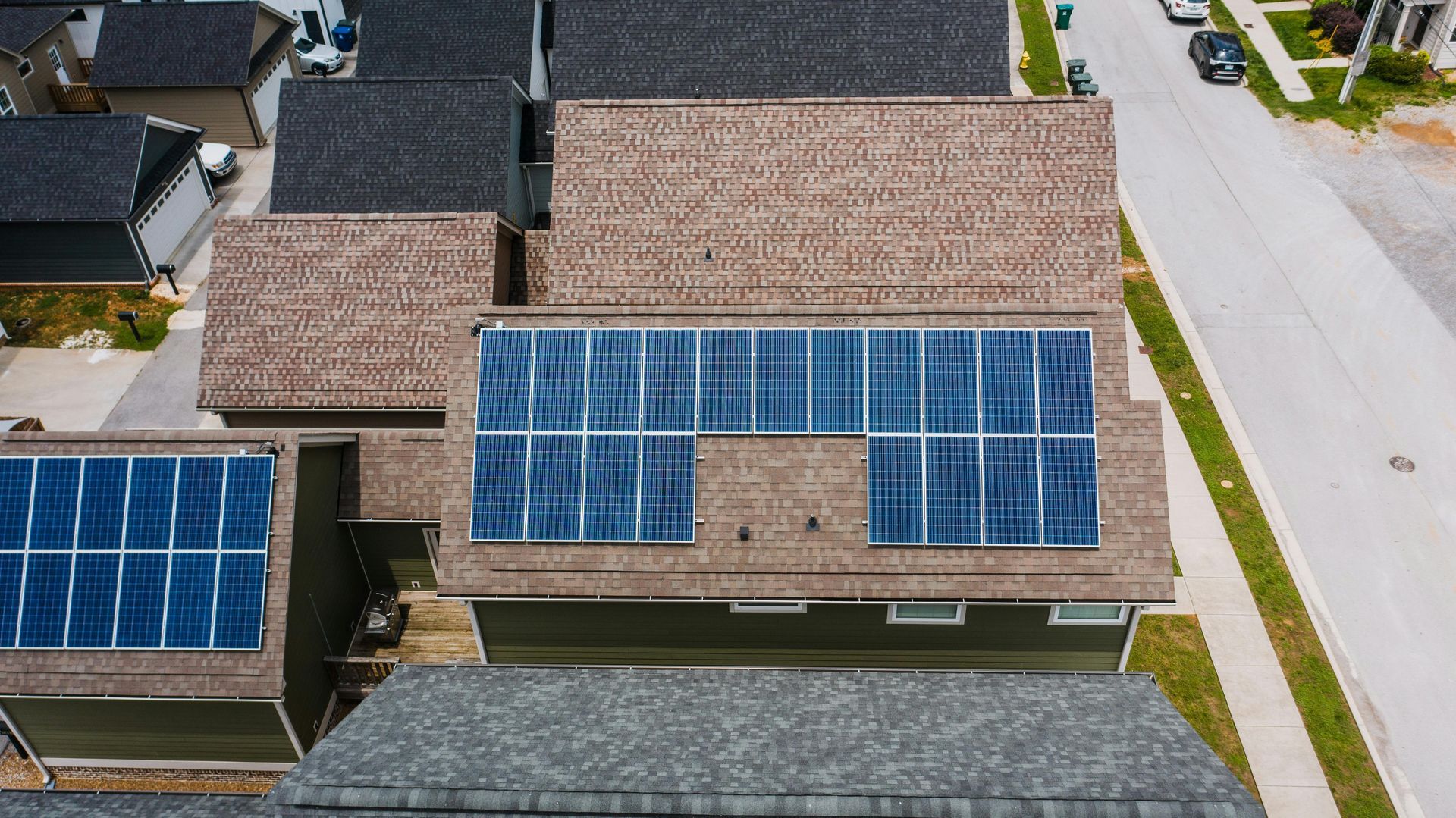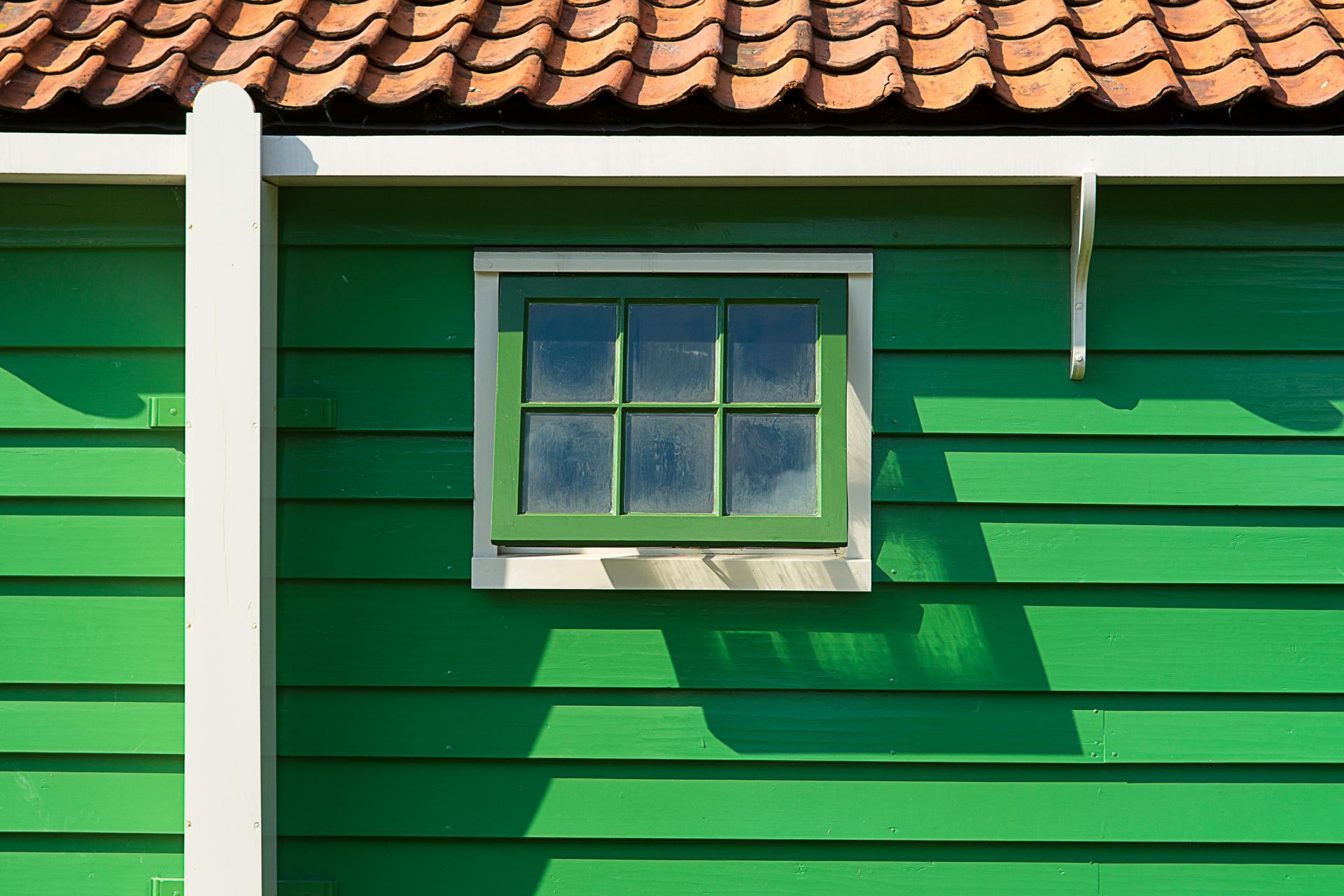Can You Replace a Roof in the Winter?
Can You Replace a Roof in the Winter? What You Need to Know
If your roof is showing signs of serious wear, you might be wondering, can you replace a roof in the winter, or is it better to wait? While winter roofing has some unique challenges, the truth is that it can be done—and sometimes, waiting until spring isn’t an option.
With the right materials, techniques, and an experience of a local Pickerington roofing company, winter roof replacement is possible and even beneficial in some cases. Here’s what homeowners in Central Ohio need to know.
Can You Replace a Roof in the Winter? Here’s What to Consider
Yes, a roof can be replaced in the winter, but it’s not as straightforward as a warm-weather installation. The biggest factors to consider are temperature, roofing materials, and weather conditions.
Asphalt shingles, the most common roofing material, rely on warmth from the sun to seal properly. In colder temperatures, they can become brittle, which means extra care is needed during installation. On the other hand, metal and synthetic roofing are more winter-friendly options.
If you need a new roof before spring, it’s important to work with a contractor who understands how to adjust for cold-weather conditions.
Challenges of Winter Roof Replacement
Cold Temperatures Can Affect Materials
Winter weather doesn’t just make it uncomfortable to work outside—it can impact roofing materials, too. Asphalt shingles are more prone to cracking in the cold, and adhesives used for sealing require certain temperatures to bond correctly.
One workaround is hand-sealing shingles instead of relying on heat-activated adhesives. It’s a little more time-consuming, but it ensures a strong, durable installation.
Weather Can Cause Delays
Snow, ice, and freezing rain can throw off a project timeline. Roofers need dry, safe conditions to work efficiently, and winter doesn’t always cooperate. Shorter daylight hours also mean roofing jobs may take a little longer than they would in warmer months.
Safety Is a Bigger Concern
Roofing is already a risky job, and icy surfaces add another layer of danger. Professional roofers take extra precautions in the winter, such as wearing insulated gear, using safety harnesses, and working in shorter shifts to prevent accidents.
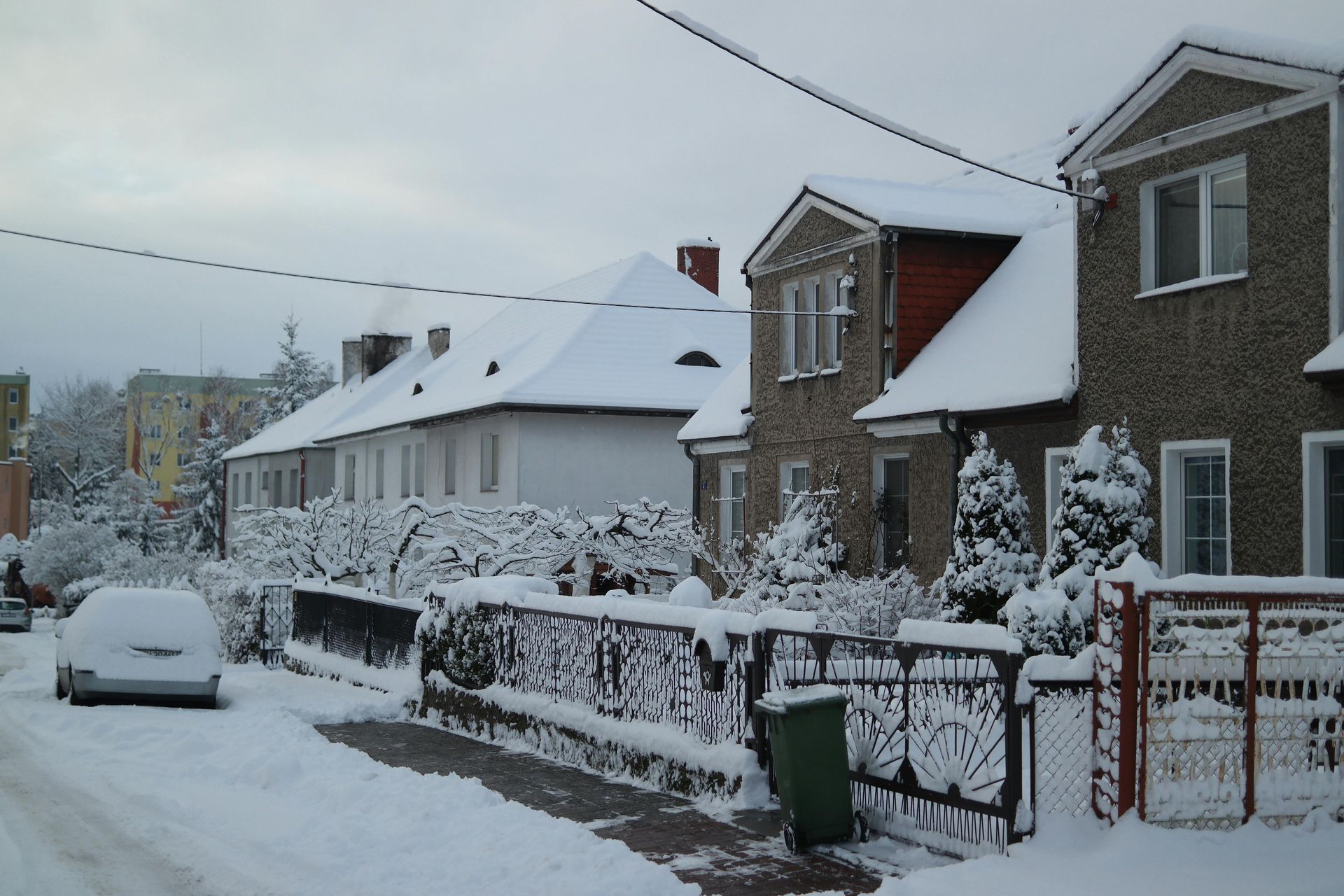
Why You Might Want to Replace Your Roof in Winter
It Could Save You Money
Winter is the slow season for roofing, so scheduling might be easier—and in some cases, contractors offer better pricing for off-season jobs. If you’re looking for flexibility and potential cost savings, winter could be the right time.
You’ll Avoid Further Damage
If your roof is already leaking or showing signs of failure, waiting until spring could make things worse. Water damage, mold, and structural problems only get more expensive to fix over time. If your roof needs immediate attention, winter replacement is worth considering.
Tips for a Successful Winter Roof Replacement
- Work with an experienced contractor. Not all roofing companies specialize in winter installations. Look for one that knows how to handle cold-weather challenges.
- Plan around the weather. If possible, schedule the job during a stretch of milder temperatures. Dry, above-freezing days are ideal.
- Use proper installation techniques. Hand-sealing shingles, adjusting nail pressure, and storing materials correctly can make all the difference in a quality winter roof.
- Check your attic insulation and ventilation. A well-ventilated attic can help prevent ice dams, which are a common issue in winter.
When It’s Better to Wait Until Spring
While winter roof replacement is possible, it’s not always the best option. If temperatures are consistently below freezing or if your roofing material requires warm conditions to install correctly, it may be better to hold off.
If waiting is the best choice, a Pickerington roofer can help with temporary fixes to protect your home until a full replacement can be scheduled.
Frequently Asked Questions About Winter Roof Replacement
Can you replace asphalt shingles in the winter?
Yes, but they require special handling to prevent cracking. A professional roofer will often hand-seal shingles to make sure they adhere properly.
What temperature is too cold for roof replacement?
Ideally, roofing should be done when temperatures are above 40°F. If it’s colder, special techniques and adhesives are needed to ensure proper installation.
Is winter roof replacement more expensive?
Not always. Some contractors offer discounts during the off-season, though winter installations can take longer due to weather-related delays.
Talk to a Roofing Expert Before Making a Decision
If you’re unsure whether winter roof replacement is right for you, it’s best to get professional advice. At Price Brothers Restoration, we specialize in year-round roofing and can help you decide the best approach for your home.
Don’t wait until spring if your roof needs attention now. Contact us today to schedule an inspection and get expert guidance on your winter roof replacement. We replace roofs throughout central Ohio including but not limited to the following cities:

